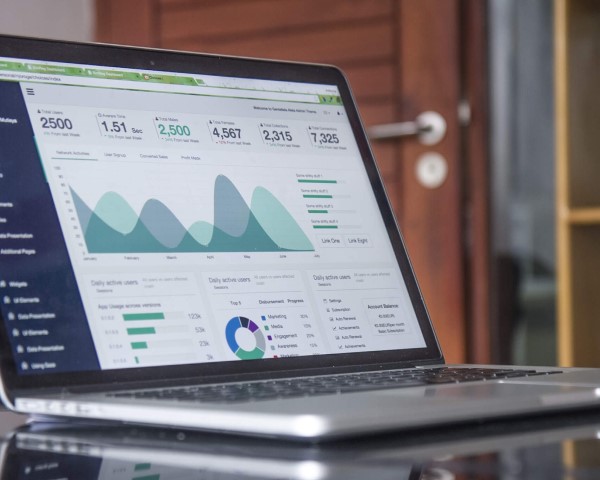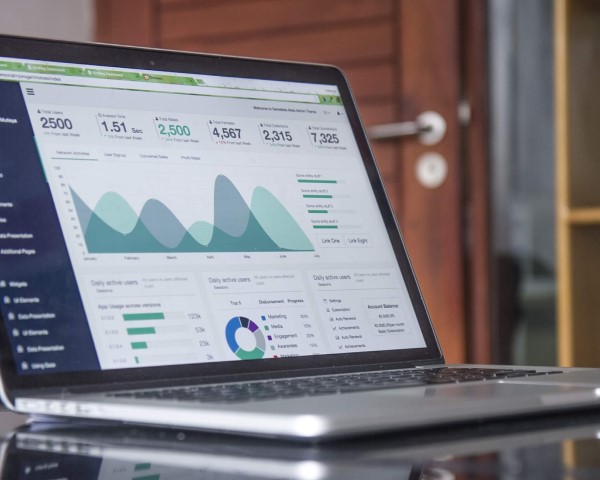What are data and insight solutions?
Data-driven enterprises use data collected from all activities of the organisation to support better decision making and timely support of operational activities.
One of the main drivers which is encouraging many organisations to be more ambitious with their use of data-driven insights, is the volume and type of data being collected by organisations as a consequence of their gradually adoption of more applications. Another important driver are the continually improving technology options for organising and assessing data, which themselves are being boosted by improvements to enabling technology such as cloud computing platforms and AI-based machine learning.
What are the typical objectives for improved data and insight capability?
Release data trapped in silos
01
Data that is useful to the broader organisation can often end up locked away in specific applications or within a specific part of the organisation. In addition, data is often more likely to deliver better insights when combined into a broader set with additional data from other sources. Fragmented data is a major obstacle to realising effective organisation-wide insights.
Improve the quality and governance of data
02
A growing sprawl of unmanaged data leads to problems with how discoverable and usable the data is, along with issues around accuracy, traceability, and incorrect interpretation. Healthy data assets are made possible by adopting practical data governance foundations and principles. Poor data quality is also a significant obstacle to realising effective insights.
Automate the flow of data
03
Removing or streamlining the manual processing and management of data for reporting and analysis also reduces the associated cost and workforce effort. Furthermore, it reduces the cycle time of having the right data availability when it is needed, while tightening the ongoing feedback loop between insights and action.
Utilise cloud technologies and smarter algorithms
04
Cloud-based providers deliver capabilities in analytics, AI, and machine learning that can be turned on and off as needed, for much less then what it would cost to build and deploy the same technology on-premises. They also greatly speed up and simplify implementing these capabilities, while providing the flexibility needed for an organisation’s changing needs.
Enable the effective operation of data related assets
05
The full range of infrastructure, solutions, models, and data can grow in size and complexity as the organisation progresses from ad-hoc trials to the full capability of being a data-driven organisation. The ongoing deployment, enhancement, and support of these assets needs to align with how other technologies essential to the organisation are managed and operated.
Release data trapped in silos
01
Improve the quality and governance of data
02
Automate the flow of data
03
Utilise cloud technologies and smarter algorithms
04
Enable the effective operation of data related assets
05
What benefits do data and insight solutions deliver?
Important practices that enable data and insight solutions
One of the main challenges to be overcome in delivering better data-driven insights is the transition from data being segregated and isolated in system and activity specific silos, to data being coordinated into enterprise-wide repositories where it can be used in aggregate to provide a more complete picture.
That’s why the additional practices which complement the adoption of data and insight technologies are very important, they will help the organisation’s workforce and processes transition into a way of working where the delivery of timely, accurate, and well managed data becomes a responsibility for everyone across the enterprise. Understanding how data from one organisational unit provides value to other parts of the organisation is an essential part of the journey to data sharing maturity.
As these practices are used when delivering many other types of solutions, such as Customer Experience and Digital Transformation, we sometimes refer to them as Shared Practices.

What are the core stages and capabilities for a data-driven organisation?
Let’s provide you with better data-driven insights
The team from Diversus bring their experience and expertise from helping many other organisations improve both their underlying data capability and the sophistication of their tools which use that data. Our clients can now make their decisions based on richer insights and better evidence through improvements across expanded data collection, reliable data engineering, effective governance, accessible visualisation tools, and broader capability with analytics and AI.

Analytics, artificial intelligence, business intelligence, enterprise reporting, operational decision support, and machine learning are all driven by the organisation’s data. More specifically, they are driven by how well the organisation can collect and arrange this data for use, and by the capabilities of the technologies they use to understand the data.










